How to find which kind of disc drive I have
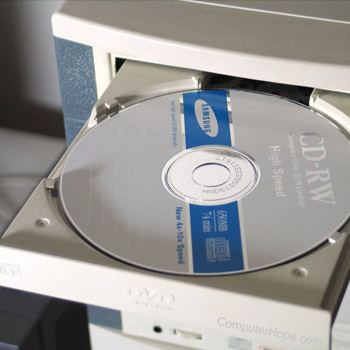
Despite being phased out due to file size, Internet download speed increases, USB drive capacity, and cloud storage advances, CD/DVD-ROM drives are still a part of many users' computers. To determine what optical drive is installed in your computer, select from the list below and follow the instructions.
Microsoft Windows users
If your computer runs the Microsoft Windows operating system, follow these steps.
- Press the Windows key, type System Information, and press Enter.
- In the System Information window, click the + symbol next to Components.
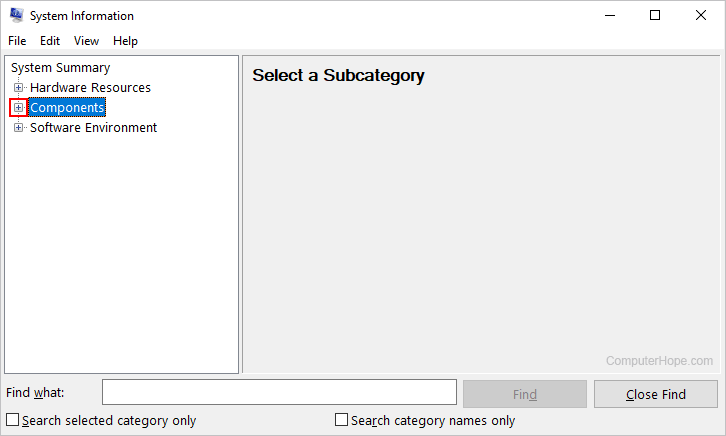
- If you see "CD-ROM," click it once to display the CD-ROM (compact disc read-only memory) in the right section. Otherwise, click "+" next to "Multimedia" and select "CD-ROM" to display the information.
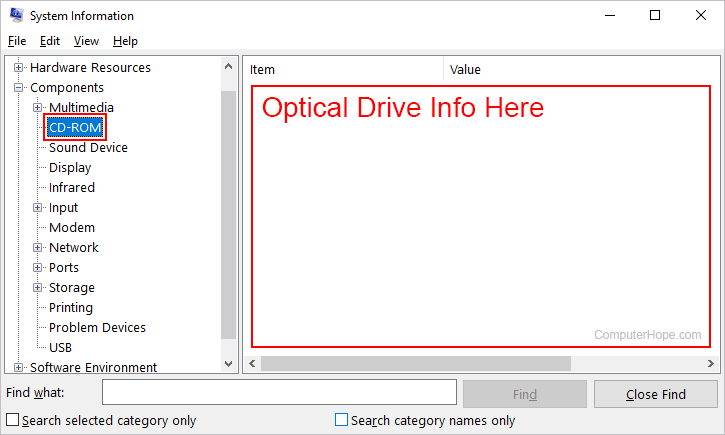
Under "Media Type," the System Information tool lists what media the optical drive can read and write. For example, it may contain a "DVD writer," meaning it can read and write to a CD and DVD (digital versatile disc).
macOS
If your computer runs macOS, such as an iMac or MacBook, follow the steps below.
- At the top of the screen, on the far-left side of the menu bar, click the Apple icon.
- Select System Settings from the Apple menu.
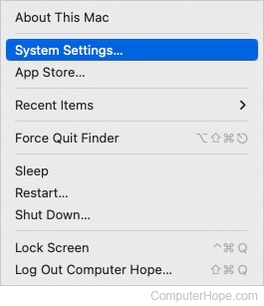
- In the sidebar, click the General selector. Then, on the right side, click About.
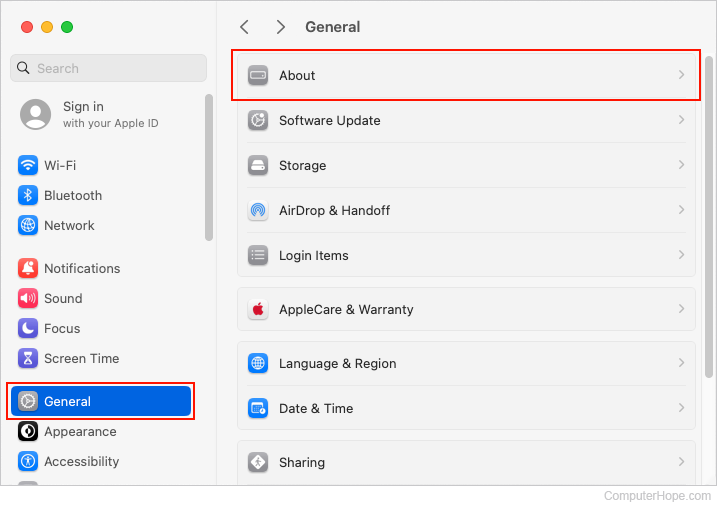
- Scroll to the bottom of the right section and click the System Report button.
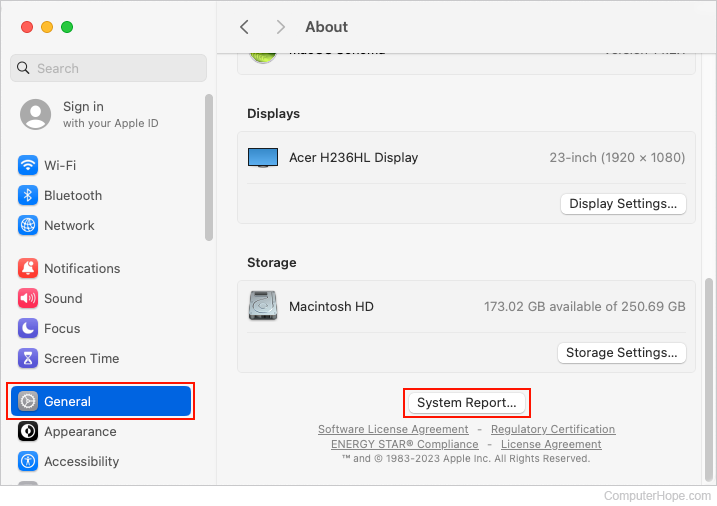
- On the left side, under Hardware, look for "CD-ROM" or "Disc Burning." If present, the optical drive information is displayed in the right section.
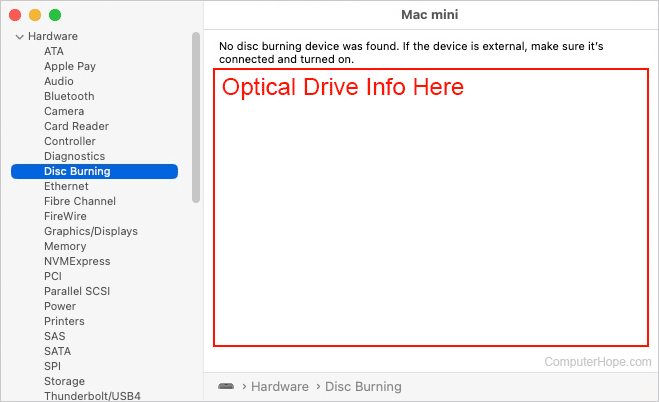
Other methods to obtain information about an optical drive
Also determine CD/DVD drive information by physically inspecting the device. The bullet points below offer alternative methods of obtaining information about optical drives.
- Many CD drive manufacturers display their name, the speed (e.g., 52X), and sometimes the drive model on the front of the drive. If you're unfamiliar with CD-ROM, CD-RW (compact disc re-writable), CD-R (compact disc recordable), or DVD drive manufacturers, see the list on our CD manufacturers page.
- If you need more than the manufacturer's name, more information is often available on the top of the drive. Most manufacturers place stickers on the top of them with all the drive information. If you have a desktop computer, we recommend opening the computer and, if needed, removing the drive to see this sticker.
- To determine a drive's speed, find a two-digit number followed by an "X" (e.g., 52X) on the front, top, or bottom of the drive. If this number is not visible, use the drive's model number to locate it on the manufacturer's website.
- If the drive's manufacturer or model number is not found, but you see the FCC identification number, perform an FCC search with it. For additional information about FCC numbers, see our FCC (Federal Communications Commission) definition.
Additional optical drive help
This section contains additional helpful information about CD/DVD-ROM drives.
How to list drive specifications
When typing a computer's specifications, list the CD (compact disc) drive with its speed and model number, if available, as shown below.
Black 52X Sony CD-ROM, Model CDU5211
Finding and installing drivers
If you're trying to determine which drivers to install, visit our CD-ROM drivers page for a full listing of disc drive manufacturers and links to their drivers.
Replacement or repair
If you need to replace the CD drive, do so with any other optical drive that utilizes the same interface. For example, if your computer uses an IDE (integrated drive electronics) CD-ROM drive, replace it with another IDE CD-ROM.
Additionally, consider upgrading to a drive that offers more functionality. For example, if you are replacing a standard CD-ROM, you may want to replace the drive with a CD-R or CD-RW drive, as they allow you to burn (write information) to CDs.
